How to choose and use a cultivator plow?
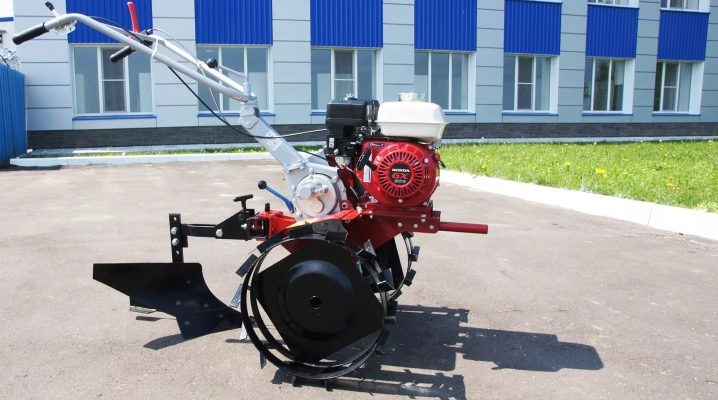
In the cultivation of the land, technology has long supplanted most of the manual labor. At present, it is possible to mechanize almost any work on land cultivation, sowing and harvesting. An indispensable assistant in this matter is a motor cultivator with attachments. This is a unit with a gasoline or diesel engine, which successfully replaces horses when working with a plow, harrow, hiller.

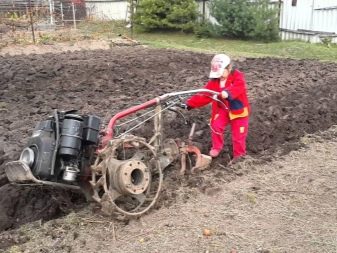
general information
The plow is the most important attachment for a motor-cultivator, since it can be used not only to plow an already developed area, but also to raise virgin soil. However, its working part is only capable of turning away layers of soil. The design of the tool is extremely simple:
- dump;
- ploughshare;
- field board;
- heel;
- rack with holes for adjustment.
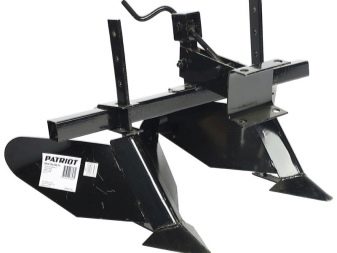

The working part consists of a ploughshare, that is, it cuts the top layer of the soil and feeds it to the dump and dump (turns over the layers).
With the help of a plow, you can also make furrows for planting potatoes. Some believe that in this case, the hiller should also be included in the kit, however, this is a delusion. It is enough just to make an idle pass with a plow next to an open furrow. It will simply double the number of furrows, but when the soil is dry and light, this will not take long.

In order for the cultivator and plow to work quickly, it is necessary to correctly install and configure this equipment. The plow is installed using a hitch attached to the rear of the motor unit. It can be universal or built-in, however, its appearance is not critical for installation. It is necessary to take into account the fact that the universal mount offers certain advantages. So, you don't have to worry about the model of attachments when buying.
In order to attach the plow, it is necessary to install it and the motor-cultivator on an elevation. In the absence of suitable terrain, multiple bricks can be used.
Then the plow hitch must be attached to the machine's hitch so that both holes are clearly aligned. After that, fasteners are inserted into them, most often in the form of a bolt, which is carefully clamped. Do not do this to the end, as the tool still needs correct adjustment.

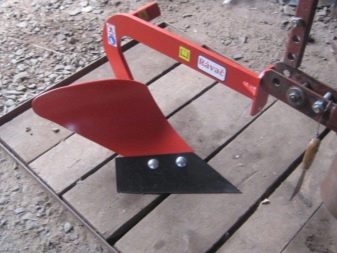
Customization
When installing this tool, the plowing depth is adjusted. To set it up, it is necessary to select a plow support with a height equal to the required depth. In the pre-planting season, the recommended depth is from 10 to 20 cm, and in preparation for winter - up to 25 cm. After this setting, the mounting bolt partially fixes the structure of the cultivator and plow. Then the bolts adjust the tilt of the tool so that the heel of the plow is parallel to the ground.
Now you can also adjust the tilt angle of the blade, which has no specific parameters. This is just a user-friendly position. The hitch fastener should be slightly loosened when performing these manipulations.
The last step is to establish the position of the plow arm that will suit the user's height. Then you can tighten the fasteners tightly and carry out a test plowing.
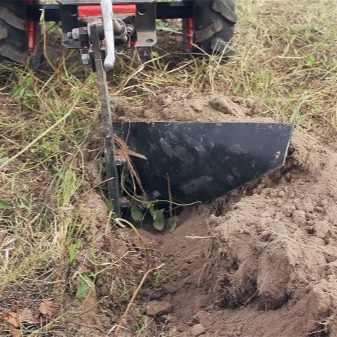
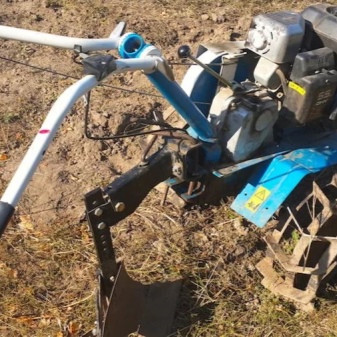
Plowing the land
Despite the fact that this process does not cause any questions for most farmers, there are several important points in the work that will help to perform it in a quality manner.
First, you need to put the walk-behind tractor on the extreme part of the field and turn on the maximum gear. It will be easier for the implement and the user to move and create the first furrow. The speed of work should be minimal, which will help to immediately assess the depth of processing, the evenness and smoothness of the movement of the equipment.
If the walk-behind tractor with a mounted unit jerks or does not enter deep enough into the ground, then it is necessary to stop work and make additional adjustments.
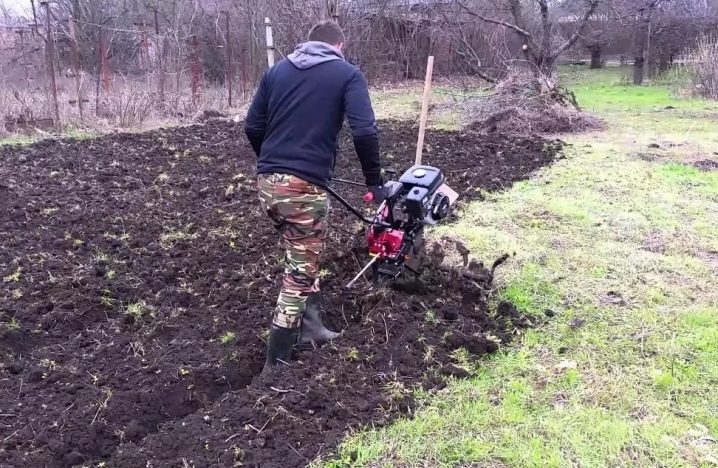
You are satisfied with the settings code, you can start processing the entire area of the site. Each time you reach the opposite part of the field, you must make a turn in the opposite direction, and move along the furrow just made back. For the most efficient execution of work, each subsequent pass should be done at a distance of 10 cm from the previous one.
It is important to know that when plowing hard types of soil, the plowing process is best done twice. If the work involves the raising of virgin soil, then during the first pass, a small depth is set, during the second - a large one. The fertile soil layer will be completely mixed.

Choice
Choosing the right plow is essential for this type of work. This tool can be of several types:
- monohull;
- reverse;
- rotary;
- disk.
The single-body plow has the simplest design, clear fasteners and small dimensions. It is excellent for standard excavation work.
The reversing tool features a curl at the top of the feather that helps to flip over seams of earth. This design is intended for processing heavy types of soil.
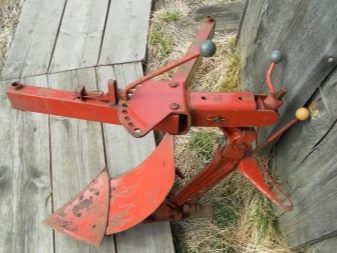
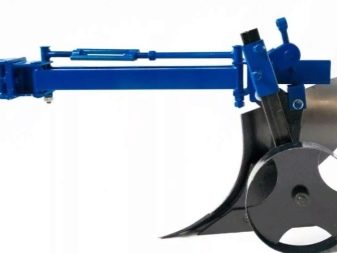
The rotary plow has the most complex structure. It has several plowshares, and depending on this, it can be two- or three-body. Its distinguishing feature is its low operating speed (compared to milling cutters) and shallow working depth. Such a tool is well suited for loosening already developed land.
The disc plow is used for wet or very wet soil. But its processing depth is the smallest of all types.
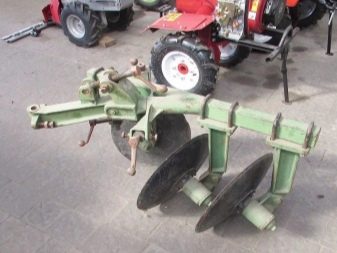
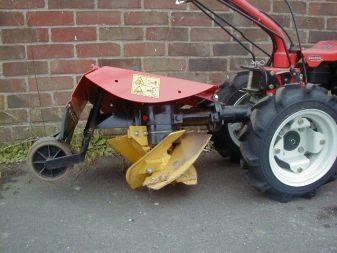
After choosing the type of plow you need, you need to pay attention to a few more details. First of all, this is the type of fastening. It must be suitable for the cultivator. Further, it is worth checking with the seller whether the existing machine has enough power to work with this type of attachment. If the power of the unit is low, then there is a risk for a short period of operation to significantly wear out or completely overheat the cultivator engine.
How to plow properly with a mounted plow, see below.



































































The comment was sent successfully.